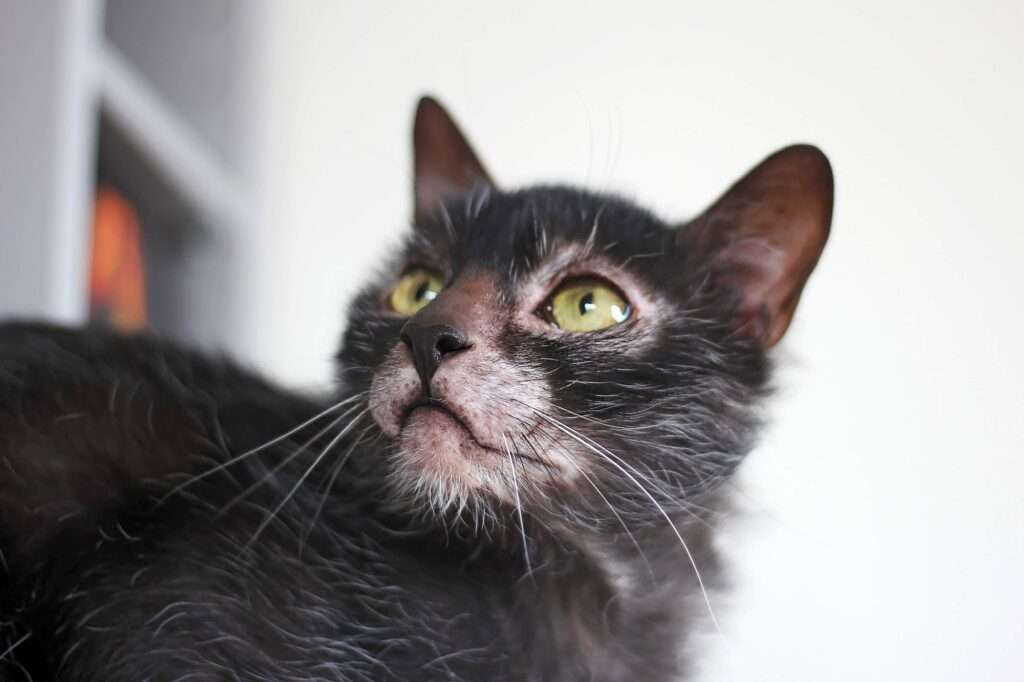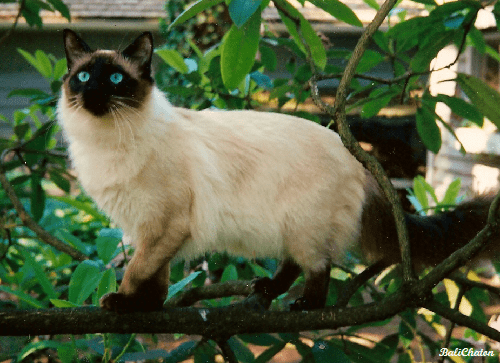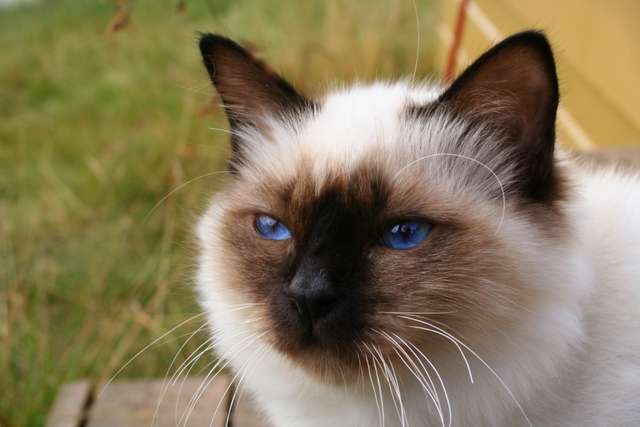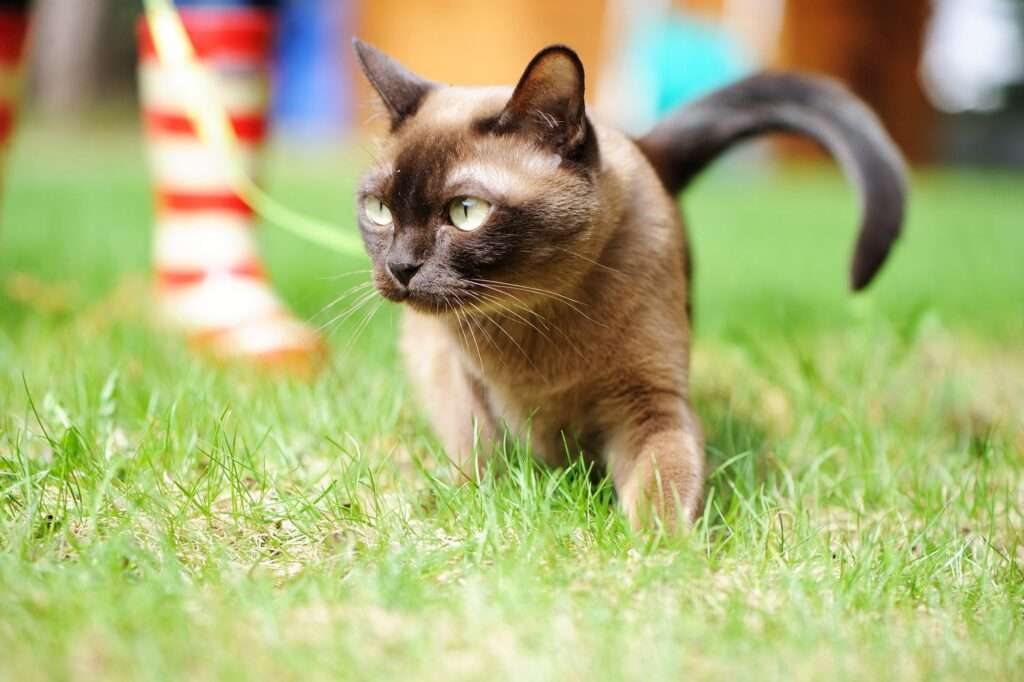
Description
Size: 6- 12 lbs
Lykoi range from having no hair at all to having some hair. They occasionally might shave off all of their hair, giving them a sphynx-like appearance, but it grows back. From a genetic perspective, Lykoi and Canadian sphynx are different. The hair coat is distinctive in appearance because, when fully coated, it looks like an opossum coat. A wedge-shaped head, a roan coat (of any color, though black is most typical), and a slender body of solid weight without excessive bulk is required by standards.

Behavior
Activity Level: Active
Social needs: Friendy, need human company
This breed is a friendly, laid-back cat. The temperament of the Lykoi cat makes it easy for him to get along with people, other cats, and canines who get along with cats. Although Lykoi cats tend to be quite playful, they occasionally venture off on their own for extended periods of time.
The powerful hunting instinct that Lykoi have is used to their advantage when playing and solving problems. They can enjoy playing alone until they become weary and need a lap to snuggle up on. When meeting new people or animals, they are generally hesitant at first but will become more receptive after they are certain that the visitor won’t pose a threat to their house and family.
Origin/History
The Lykoi was first discovered in Virginia, USA, in 2010, when Patti Thomas discovered a brother and sister at a shelter. To determine why these cats were so strange, Patti and her veterinarian conducted thorough health testing. They found that the cats were healthy but had a recessive gene that caused their thin roan coats. They discovered more cats with similar characteristics, mixed them with domestic shorthairs, and eventually created a line of Lykoi cats that could be crossed with cats with regular coats and those with sparse coats to generate offspring with both coat kinds.
Care as a Pet
The distinctive coat of the Lykoi needs some particular care but doesn’t shed much and doesn’t require a lot of grooming. If you choose to brush them, make sure the bristles are incredibly soft to prevent rubbing their sensitive skin. Test a brush’s bristles against the flesh of your forearm to see if they are soft enough before purchasing it.
Lykoi require more regular bathing than you might anticipate for a cat, just like entirely hairless breeds. By washing with a moisturizing shampoo, you may get rid of excess oil from your skin and avoid clogged pores, which can cause acne-causing blackheads. The frequency of bathing your Lykoi depends on the individual cat. For suggestions on how often to wash your Lykoi and what shampoo to use, consult your breeder or veterinarian.
Make sure your lykoi have lots of toys and places to climb and explore because they are quite busy. If you give Lykoi enough toys, they’ll play with you, another cat, or even just by yourself. To keep things fresh, rotate the toys sometimes by putting some away and bringing out others. Try both vertical scratchers (like tall posts or cat trees) and horizontal scratchers (like cardboard or sisal scratchers that lie flat on the ground) in designated scratching areas throughout your home.
Nutrition and Diet
Lykoi should not be allowed to gain weight, since this might result in obesity-related health problems like diabetes and heart disease, which can affect all cats. Feed adults measured meals twice daily rather than free feeding (keeping the food bowl full all the time) to keep your Lykoi slender. Young kittens need three meals per day. Consult your veterinarian if you’re unsure of what to feed or how much food your Lykoi should be consuming.
Grooming needs
Lykois can shed their entire coat several times a year before it grows back for the following season because they are fairly regular shedders. You can stay ahead of most of the normal shedding by brushing your cat once or twice a week, but the cats will also require a bath once every few months to maintain their bare skin clean and devoid of oil accumulation.
Table





